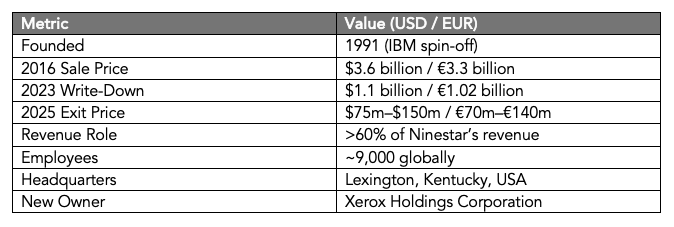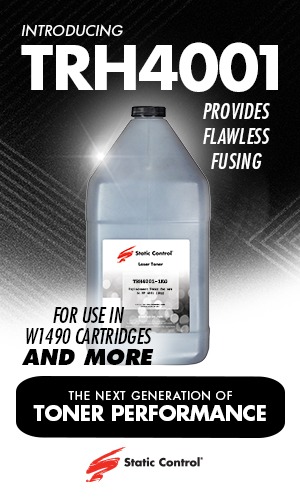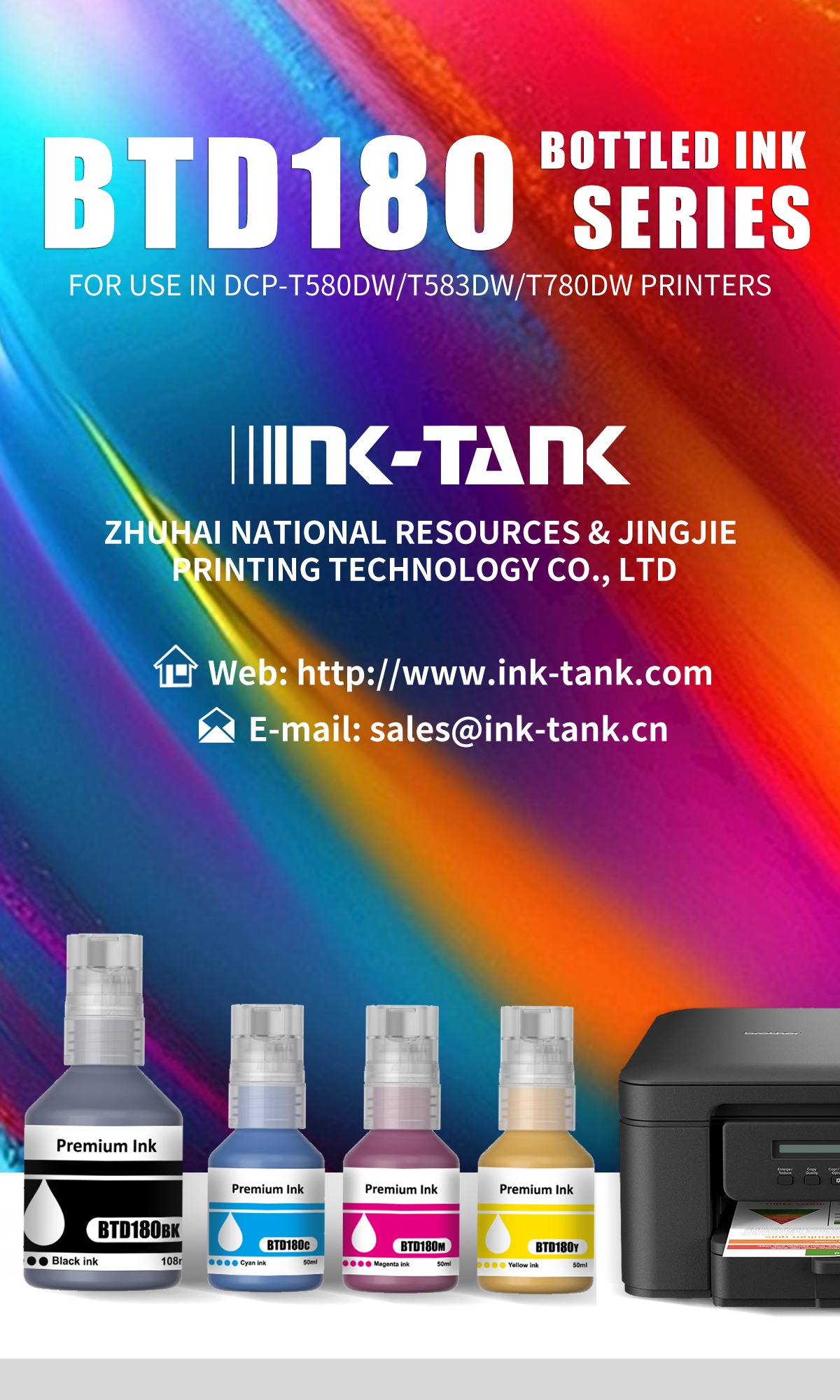S truggling Ninestar offloads flagship brand as geopolitical pressures mount.
truggling Ninestar offloads flagship brand as geopolitical pressures mount.
In a transaction that marks a dramatic shift in the global print sector, Chinese technology group Ninestar has agreed to sell 100% of its holding in Lexmark International to Xerox Corporation. The deal, valued between $75 million (€69.7 million) and $150 million (€139 million), represents a sharp markdown from the $3.6 billion (€3.34 billion) price tag paid when Ninestar led a consortium to acquire Lexmark in 2016.
Xerox’s acquisition, confirmed in filings to the Shenzhen Stock Exchange and mirrored in a public announcement from Xerox Holdings Corporation, will transfer ownership of the Kentucky-based OEM back to American hands. The move is seen by industry observers as a tactical win for Xerox—an opportunity to acquire a once-prominent brand at a heavily discounted price.
Lexmark’s value eroded under geopolitical and operational headwinds — Xerox now picks up the pieces.
For Ninestar, listed under stock code 002180, the divestment underscores both the financial and political pressures Chinese firms are facing abroad. In 2023, the company booked a goodwill impairment of RMB 7.88 billion (approximately $1.1 billion / €1.02 billion) related to Lexmark. The financial burden from the original leveraged buyout, alongside deteriorating trade relations and regulatory scrutiny, made Lexmark increasingly difficult to manage from Zhuhai.
Lexmark in numbers
A turning point for both companies
The transaction involves no share issuance and does not alter Ninestar’s control structure, avoiding classification as a reverse listing. However, it does require regulatory approvals across multiple jurisdictions, including a review by CFIUS, the US body that screens foreign investments for national security risks.
Lexmark, long known for its robust B2B printer fleet and managed print services (MPS), has struggled to maintain its market relevance. Competition from OEMs and third-party brands, along with global supply chain shocks, have weighed on its earnings. While Xerox has not yet detailed its integration strategy, analysts suggest the focus will be on enterprise contracts and services rather than hardware innovation.
Under Ninestar’s ownership, Lexmark accounted for over 60% of the parent company’s consolidated revenue. The sale, while painful, is expected to ease the group’s debt load—its liabilities had hovered above 70% of total assets as of Q3 2024—and allow a strategic refocus.
What’s next for Ninestar?
Following the sale, Ninestar plans to double down on its Pantum and G&G brands, as well as its semiconductor division, which includes SoC and MCU chip design for imaging applications. The company remains a key global supplier of compatible printing consumables, though it was added to the US Entity List in 2023, limiting its access to some American technologies.
In the longer term, the Lexmark exit may allow Ninestar to concentrate on high-growth domestic markets and less politically sensitive regions, while attempting to build an ecosystem around its Pantum printer platform.
A broader realignment?
The deal may signal a wider trend in the imaging sector: the repatriation of strategic tech assets previously acquired by Chinese firms. In an editorial published by The Recycler, the move was described as a “triumph” for Xerox and a “fade to grey” for Lexmark, now a shadow of its 1990s heyday.
Xerox, for its part, is yet to clarify how it intends to revitalise the Lexmark brand—or whether this move indicates a deeper hardware play following years of retrenchment.
Whatever the outcome, this deal is more than a transaction. It is a pivot point in the global print supply chain—and a case study in how strategic assets ebb and flow in value across regulatory and geopolitical tides.




















